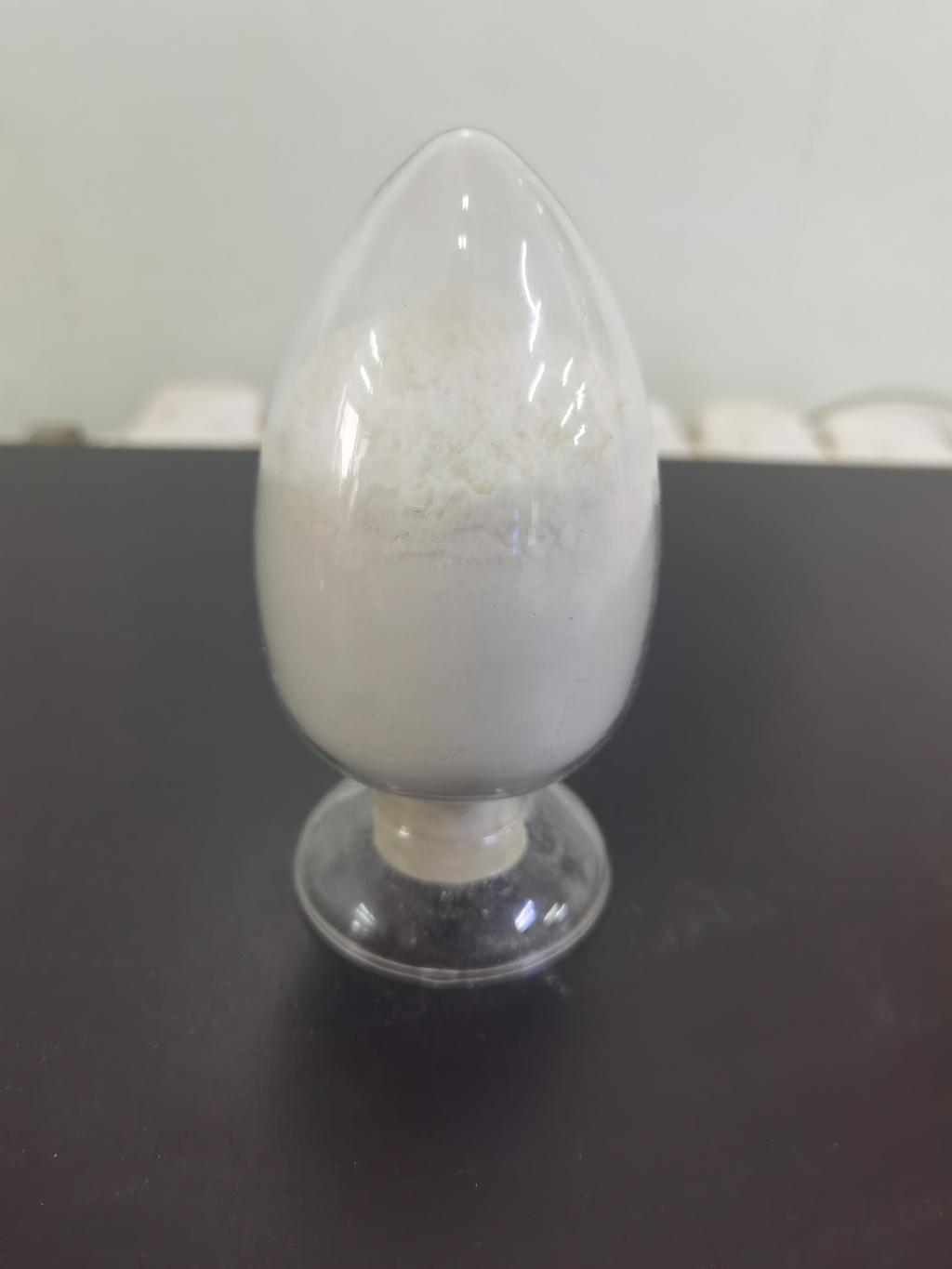Tel:+8618231198596

News
 CONTACT
CONTACT
 CONTACT
CONTACT
- Linkman:Linda Yao
- Tel: +8618231198596
- Email:linda.yao@dcpharma.cn
- Linkman:CHARLES.WANG
- Department:Overseas
- Tel: 0086 0311-85537378 0086 0311-85539701
News
Integrating ε-Polylysine Hydrochloride into Skincare: A New Frontier in Antibacterial Beauty
TIME:2023-12-19
Introduction:
Skincare has evolved beyond mere aesthetics, with a growing emphasis on maintaining skin health. The integration of antibacterial agents into skincare formulations reflects a new frontier in beauty, aligning with consumer preferences for products that contribute to overall well-being. ε-Polylysine hydrochloride, recognized for its natural antimicrobial properties, is at the forefront of this trend, offering a unique approach to skincare.
Skin Microbiome and the Need for Antibacterial Solutions:
Understanding the delicate balance of the skin microbiome is crucial for addressing the diverse needs of different skin types. Disruptions in this balance can lead to various skin issues, including acne, irritation, and inflammation. This section introduces the concept of the skin microbiome and the demand for antibacterial solutions in skincare.
ε-Polylysine Hydrochloride: Mechanisms of Action:
Explore the antimicrobial mechanisms of ε-polylysine hydrochloride and how its positively charged structure interacts with bacterial cell membranes. The specificity of ε-polylysine hydrochloride against a range of bacteria positions it as a promising ingredient for addressing bacterial challenges on the skin.
Applications in Skincare Products:
Discover the versatility of ε-polylysine hydrochloride in skincare formulations. From cleansers and toners to serums and moisturizers, explore how this natural antimicrobial can be seamlessly integrated into various products to enhance their antibacterial properties.
Complementing Traditional Skincare Ingredients:
Examine the potential synergies between ε-polylysine hydrochloride and traditional skincare ingredients. Whether combined with antioxidants, hyaluronic acid, or botanical extracts, ε-polylysine hydrochloride may enhance the overall efficacy of skincare products.
Clinical Efficacy and Studies:
Review the findings of clinical studies that assess the efficacy of ε-polylysine hydrochloride in skincare applications. From its impact on acne-prone skin to its soothing effects on sensitive skin, scientific evidence supports the potential benefits of incorporating ε-polylysine hydrochloride into skincare regimens.
Formulation Considerations for Skincare Developers:
For skincare formulators, considerations such as optimal concentrations, stability, and potential interactions are essential when incorporating ε-polylysine hydrochloride. This section provides insights into best practices for successful formulation.
Regulatory Landscape in Skincare:
Navigating the regulatory landscape is crucial when introducing innovative ingredients into skincare products. This section explores the regulatory status of ε-polylysine hydrochloride in various regions and its approval for use in skincare applications.
Consumer Perception and the Rise of Antibacterial Beauty:
As consumer awareness of skincare ingredients grows, explore how the incorporation of ε-polylysine hydrochloride aligns with the rising trend of antibacterial beauty. The impact on consumer perception, preferences, and the clean beauty movement is examined in detail.
Future Directions and Innovations:
The integration of ε-polylysine hydrochloride into skincare opens up new possibilities for innovation. Explore potential future directions, including advancements in delivery systems, personalized skincare solutions, and research opportunities in promoting skin health.
Conclusion:
In conclusion, ε-polylysine hydrochloride represents a new frontier in antibacterial beauty, offering a natural and effective solution for addressing bacterial challenges on the skin. From its mechanisms of action to its applications in skincare products, the integration of ε-polylysine hydrochloride aligns with the evolving needs and preferences of consumers seeking holistic solutions for healthy and radiant skin.
- Tel:+8618231198596
- Whatsapp:18231198596
- Chat With Skype







